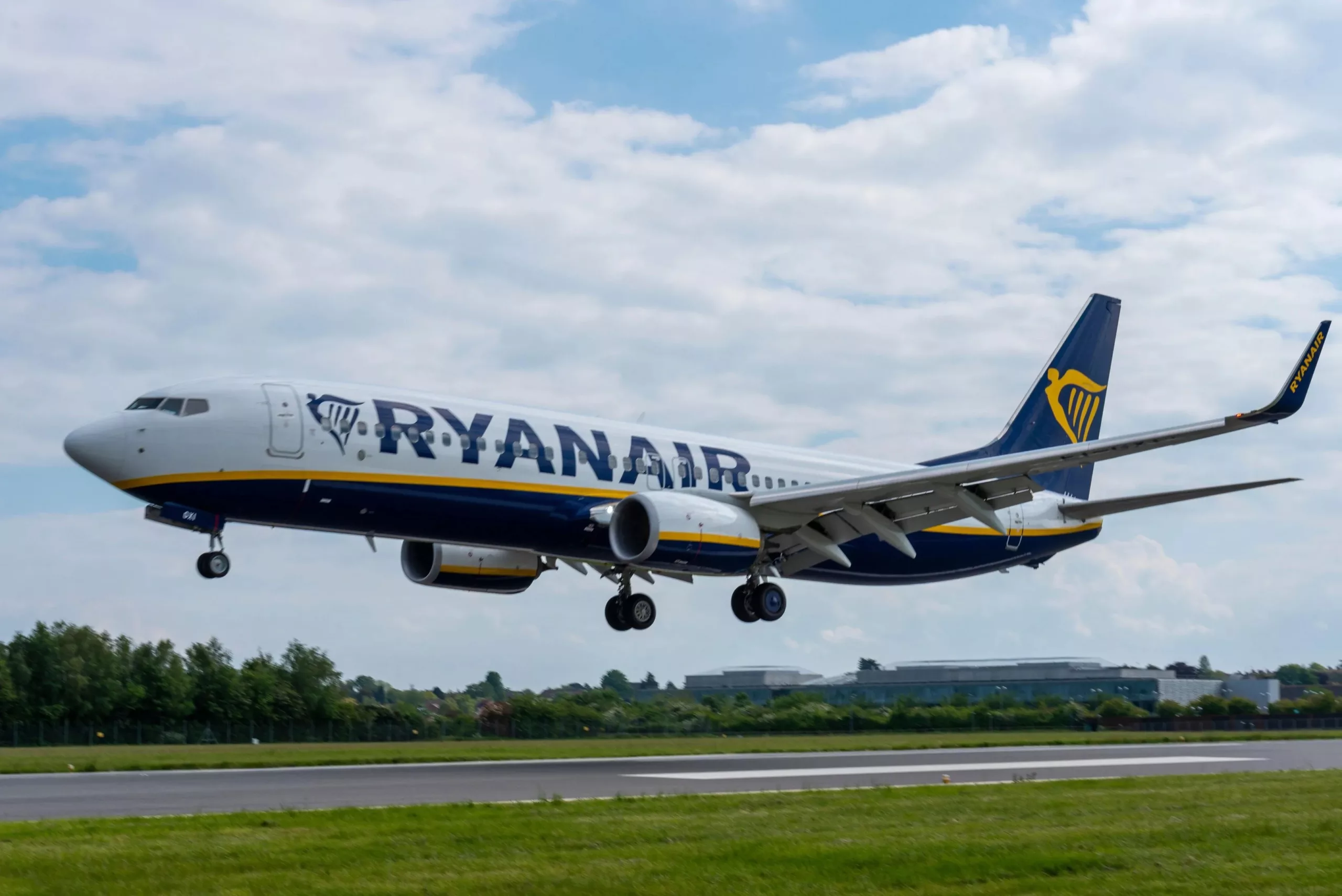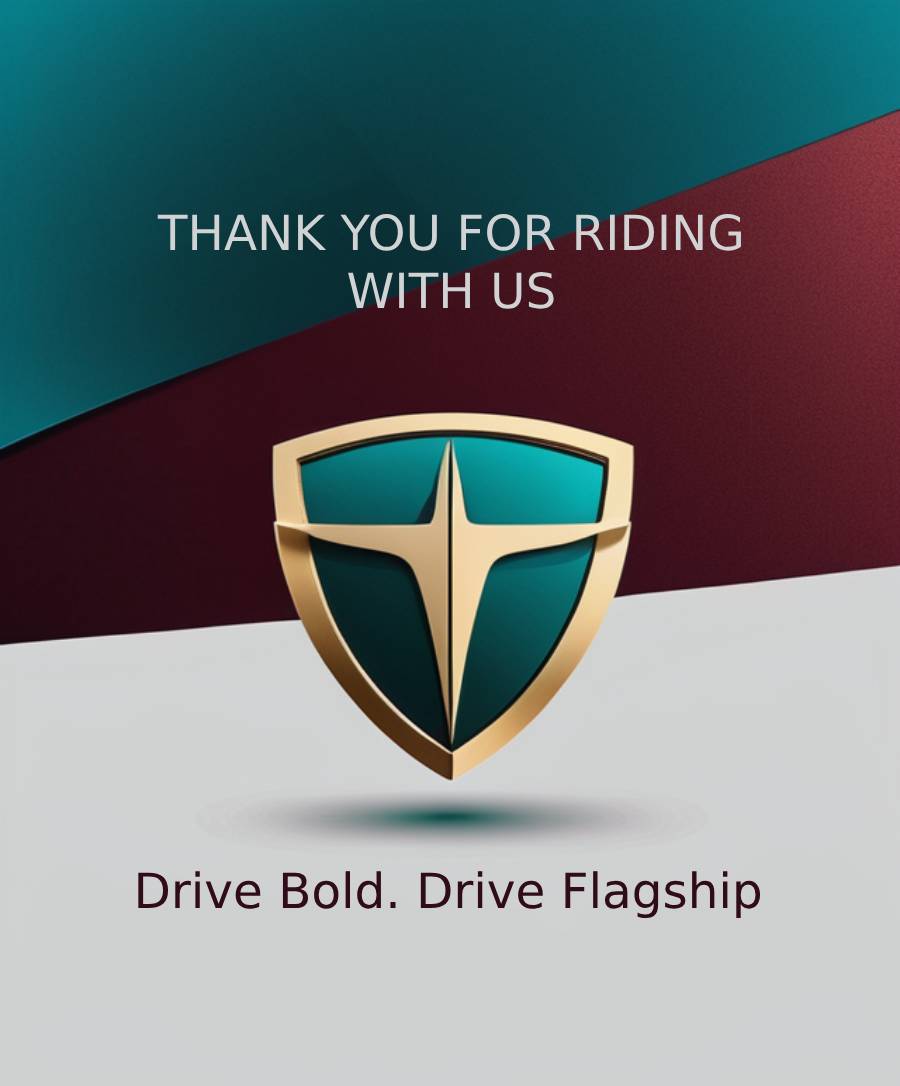Your cart is currently empty!

Ryanair’s Victory: How A Budget Airline Took Off On TikTok
Ryanair has embraced the world of social media and soared to new heights on platforms like TikTok, Instagram, and more. While it might not offer the best air travel experience, Ryanair’s social media strategy takes authenticity and engagement to a new level. We took a closer look at Ryanair’s Social Media Success, and the results surprised us.
Ryanair’s online persona is anything but conventional. It’s a combination of humor, irreverence, and unabashed honesty. The airline takes social media engagement to new altitudes. RyanAir always has candid comments on customer care and its reputation. It’s a strategy that might seem risky — being openly cheeky, downright blunt with customers — but the results speak volumes.
With viral burns that have become the stuff of legend, Ryanair has a staggering 2.1 million followers on TikTok alone. This approach puts RyanAir in front of EasyJet, Jet2, Tui, British Airways, Virgin Atlantic, and Etihad in the digital contrails. Ryanair offers some of the cheapest flights in the aviation industry.
This social media growth proves Ryanair’s ability to navigate online trends and redefine the rules of engagement. It then turns its unfiltered approach into a marketing phenomenon. In the end, its followers have become loyal customers.
This article explores how Ryanair found its wings in the TikTok world and the challenges along the way.
Behind the Idea: Michael Corcoran

Ryanair has redefined its approach to customer engagement, turning the often-stressful world of air travel into a comedy club. Well, sort of. The man behind the curtain, or rather the tweets, was Michael Corcoran, formerly the head of Ryanair’s social media. His recent resignation announcement resonated across platforms, including X. Hundreds of users applauded Corcoran for elevating the Irish airline’s online presence to star status.
Corcoran’s legacy is marked by a series of memorable online moments. These examples range from talking planes humorously roasting passengers to witty responses like advising disgruntled travelers to “bring their plane” next time. This humorous approach extends even to the infamous seat number 11A, a symbol of passenger discontent that has spawned its meme.
The RyanAir Social Media Team Don’t Hold Back

Ryanair’s social media team has the freedom to post as they please. It has become a defining feature of the airline’s online persona. According to Michael Corcoran, the freedom granted to the team isn’t a recent deviation but rather a continuation of Ryanair’s longstanding tradition of “disruptive, provocative marketing,” a strategy that has consistently pushed boundaries, irrespective of public opinion.
This approach has not been without its share of turbulence. Ryanair’s history has many instances where its marketing strategies drew significant criticism. The 2012 “Red Hot Fares & Crew!” campaign faced backlash and was banned for objectifying women. Recently, the “Jab and Go” advertisement targeting vaccinated holidaymakers sparked over 2,000 complaints. This case highlighted the fine line between edgy marketing and societal sensitivities.
RyanAir Has It’s Own Social Media “Language”
Do the silly and candid Remarks work? You bet! Ryanair’s sarcastic responses have become the unsung heroes in the airline’s social media success. These responses always gather a surprising fanbase in feeds and comment sections. Michael Corcoran sheds light on a primary objective of the social media team: to recalibrate passengers’ expectations of budget travel, which, as he puts it, are often “far too high.”
The mantra is clear: Ryanair’s mission is to efficiently transport passengers from point A to B at the lowest price possible. Here, the keyword “budget travel” takes center stage, embodying the essence of the airline’s value proposition. As Michael succinctly puts it, “Everything else is extra.” This stance sets the tone for a no-frills, cost-effective approach that has resonated with a sizable audience.
Can humor truly recalibrate expectations? Does it add another layer to the intricacies of customer perception in budget airlines? Let’s carry on.
RyanAir’s Travel Fares
Ryanair’s approach to additional fees extends beyond baggage and legroom. Passengers are also required to pay extra to ensure they can sit together. An example of Ryanair’s stance on fees is the viral incident in August. A couple was charged £110 for printing tickets at the airport. This scandal sparked widespread attention and discussion.
Criticism often surfaces, accusing Ryanair of nickel-and-diming customers with these added charges. However, rather than shying away from this perception, Ryanair leans into it. There is a recurring joke that asks whether passengers should pay extra to use the toilet. This type of humor highlights the brand’s willingness to engage in self-deprecating humor. As Michael acknowledges, the humor isn’t universally appreciated, with some interpreting it as genuine rudeness rather than a playful online persona. This raises intriguing questions about the delicate balance between transparent communication about fees and the potential pitfalls of humor in addressing contentious topics.
Social Media Success: RyanAir Has A Huge, Supportive Fanbase
The transformative power of humor on social media became evident for Ryanair as its online fans transitioned into brand defenders. These followers mostly take on the role of unintentional PR advocates, further underlining the brand’s social media success. Michael observed that when the airline’s humor resonated, it had the remarkable effect of disarming criticism. Eventually, the approach undercut the prevailing narrative of Ryanair as ‘the bad guy’ in the aviation industry.
Does the shedding of a “bad guy” image provide a convenient shield? Does it allow the airline to sidestep discussions on less comfortable topics? While many brands proudly showcase their socially responsible initiatives, Ryanair’s online accounts tend to navigate away from such overtly worthy posts. While serving as a shield, humor also subtly redirects the narrative away from areas that may be less favorable for public discourse.
Challenges Of Addressing Serious Issues On TikTok
While Ryanair acknowledges the importance of climate change, its TikTok fanbase avoids getting into the aviation industry’s environmental impact. Michael emphasized the challenge of addressing such a critical topic on a platform primarily associated with light-hearted and entertaining content. And we couldn’t agree more. In his view, discussing environmental issues on TikTok, a space synonymous with the marvel of “metal machines in the sky,” could risk being perceived as “greenwashing.”
The acknowledgment of effective communication on environmental concerns prompts self-analysis within Ryanair. Michael expresses the airline’s commitment to identifying “the right channels and the right places” for a more nuanced and transparent discussion about its environmental impact. This issue raises broader questions about the responsibility of brands in addressing crucial issues. It also brings up the challenges of choosing appropriate discussion platforms. On the other hand, it discusses the balance between engagement and authenticity in corporate communication.
Issues Backfire
Dr. Irene Garnelo-Gomez, a scholar from Henley Business School, brings a different perspective. She emphasizes the critical role of transparency in corporate communication. While she refrains from directly accusing Ryanair of greenwashing, she notes a crucial distinction: the airline doesn’t actively discuss its sustainability goals on its social channels, steering clear of overt proclamations about its environmental endeavors.
However, Dr. Garnelo-Gomez’s research indicated an insight: When consumers perceive companies as less open about the environmental impacts of their operations, such perceptions can negatively influence brand perception. This insight prompts an exploration into the delicate balance between transparency and brand image. It also raises questions about how companies can address sustainability concerns without falling into the trap of greenwashing.
“I don’t agree with organizations saying that social media is not the place to talk about sustainability, especially with younger generations,” she says.
“They care and are aware and want organizations to do something about it.”
Dr. Garnelo-Gomez also commented on RyanAir’s social media issues. She underscored the dual-edged nature of humor in building customer engagement. While it undoubtedly fosters a connection with the audience, she raises a cautionary flag. The use of humor, particularly in Ryanair’s online persona, might complicate the airline’s ability to respond effectively to criticisms. This may particularly affect issues related to sustainability.
In the event of accusations regarding sustainability practices, the lightheartedness of the brand’s online presence could backfire. Dr. Garnelo-Gomez’s insight prompts a crucial consideration: the delicate balancing act between using humor to connect with consumers. It also talks about the challenge it poses when navigating more complex discussions. This adds an extra layer to the debate about the implications of a humorous online persona. While this approach has given Ryanair its social media success, we also have to consider the aviation industry where serious issues demand earnest attention and authentic communication.
Author Details

Our Team
Hi there! Welcome to Flagship Drive.
I’m Wilfred Nkhwazi, a passionate car lover from Africa. I created this platform to share expert insights, honest reviews, and a fresh perspective on the latest cars and automotive trends. Let’s hit the road together.
Advertisement

Recent News

